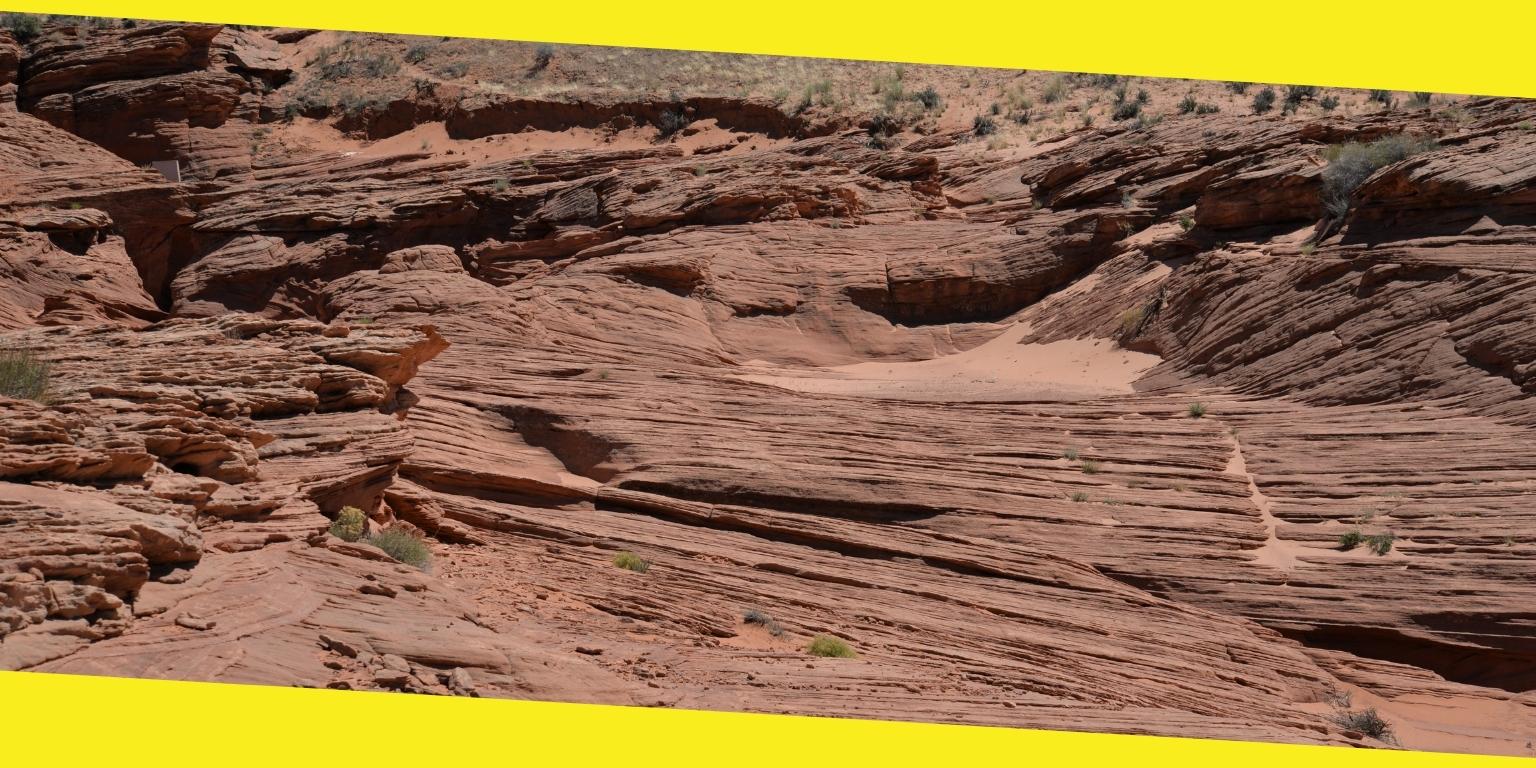What Are the Ways to Control Soil Erosion at Construction Sites?
This post was last updated on May 4th, 2022

The best way to prevent soil erosion on construction sites is to implement proactive methods. Think of it as the first line of defence against erosion. For example, you would never go to the beach without wearing sunscreen and a floppy hat. Instead, you would set up a beach umbrella. You’d also avoid the risk of getting sunburnt by wearing protective gear. The same applies to soil erosion on construction sites.
Contents
ToggleConsider how your construction equipment affects the ground.
When building on a construction site, it’s critical to consider how your construction equipment affects the ground. Large-scale machinery can tear up the ground when it’s not supposed to and remove plants that hold dirt in place. The grade of a plot can change, making the area more vulnerable to erosion. Fortunately, there are many ways to keep soil where it belongs, such as implementing landscaping, creating drainage channels, and stabilizing soil.
Vegetation is a great way to prevent soil erosion.
Vegetation can be used for various purposes, including temporary road building, ground cover, or revegetation. If you have a large amount of wood waste on your site, you can chip the waste with a mobile grinder. The ground-up wood can be composted on-site and used for site slope stabilization and landscaping.
Use perimeter and on-site erosion control to reduce erosive velocities and allow sediment to settle out of runoff water
Another way to prevent soil erosion on construction sites is to limit the amount of soil exposed during construction. By limiting the duration of the construction phase, you limit soil exposure to runoff water. You can also use perimeter and on-site erosion control to reduce erosive velocities and allow sediment to settle out of runoff water. It’s essential to monitor the progress of your project to make sure it’s working correctly.
By keeping the construction phase short, you’ll limit the exposure to soil and keep sediment out of the runoff water.
The main goal of erosion control on construction sites is to limit the amount of land exposed to runoff. A typical entrance to a construction site should be at least 50 feet long. You can also prevent soil erosion by implementing temporary solutions. It would help if you had a temporary solution and then implement permanent solutions when needed. By keeping the construction phase short, you’ll limit the exposure to soil and keep sediment out of the runoff water.
Install a temporary erosion control blanket or a permanent barrier along a waterway to slow the rate of sediment movement.
Erosion control is essential for construction sites. You can install a temporary erosion control blanket or a permanent barrier along a waterway to slow the rate of sediment movement. You can also add a compost erosion control blanket or layer of grass to the soil. In this case, you can incorporate a permanent solution that can protect your site. In the meantime, you can also implement temporary solutions that work to reduce sediment loss.
The primary method is to use mobile grinders to chip wood waste.
Use of mobile grinders to chip wood waste. You can use the ground-up wood waste for landscaping or temporary road building. You can also compost the wood waste at the site to reduce the amount of soil you need to keep. You can even add a geotextile to your ground for landscaped areas. You may check this link to learn more about it!
Aside from implementing concrete barriers, you can use sediment traps to catch runoff water.
Aside from implementing concrete barriers, you can use sediment traps to catch runoff water, and it will prevent the soil from washing away from your site. Soil nailing is another effective method of controlling erosion on construction sites, and these types of barriers will hold the water in place. These methods are relatively inexpensive and will save you money in the long run. Soil nailing and green buffers are also great soil stabilization options.
Besides establishing a good drainage system, you should also ensure that the area is adequately protected from erosion.
Besides establishing a good drainage system, you should also ensure that the area is adequately protected from erosion. The dirt on your construction site is exposed to heavy runoff and can cause soil damage, it can clog nearby waterways and damage the environment. It is where a containment system comes in handy. The first line of defence is a drainage channel, which is 50 feet long.
Recommended For You
What Are Mobile Forms and They Work
Most Inside
Most Inside offers high-quality recommendations and valuable updates to enhance all aspects of your life, providing premium guidance and enriching experiences.




